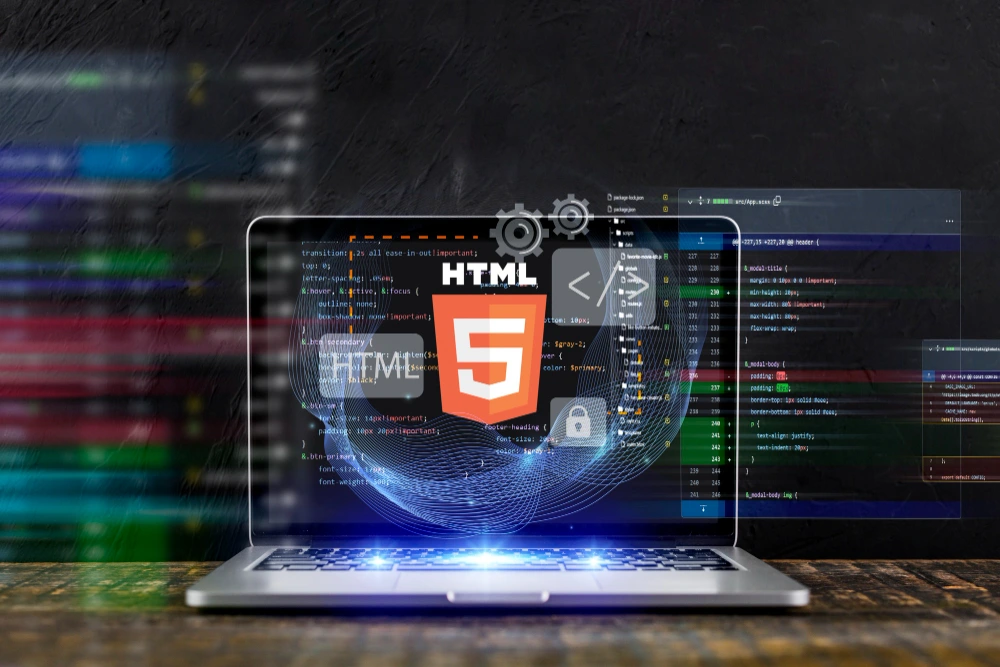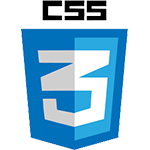
Happy Clients
Projects Completed
Running Projects
What is Static Website?
A static website is a type of website that displays the same content to all visitors, regardless of their individual preferences or interactions. In other words, the content of a static website is fixed and does not change based on user input or actions. These websites are typically written in HTML, CSS, and JavaScript, and the content is directly stored in the web server's file system.
A static website is a collection of web pages whose content remains the same whenever users access it. Compared to a dynamic website, it is quicker and easier to create but has limited interactivity. Static sites can be built with HTML, CSS, and JavaScript without server-side scripting languages like PHP. Despite the limited functionality, they are excellent for specific use cases, such as portfolios.
Static sites consist of multiple files stored in their host servers. These files are rendered in visitors’ web browsers and written in client-side programming languages like HTML and CSS. When visitors access your static website, their browsers request its files from the host server. The latter responds by sending the requested file to display the site. Due to the absence of server-side programming languages, the files don’t change before being sent. It means all visitors receive identical files exactly as stored on the host server and see the same website.









